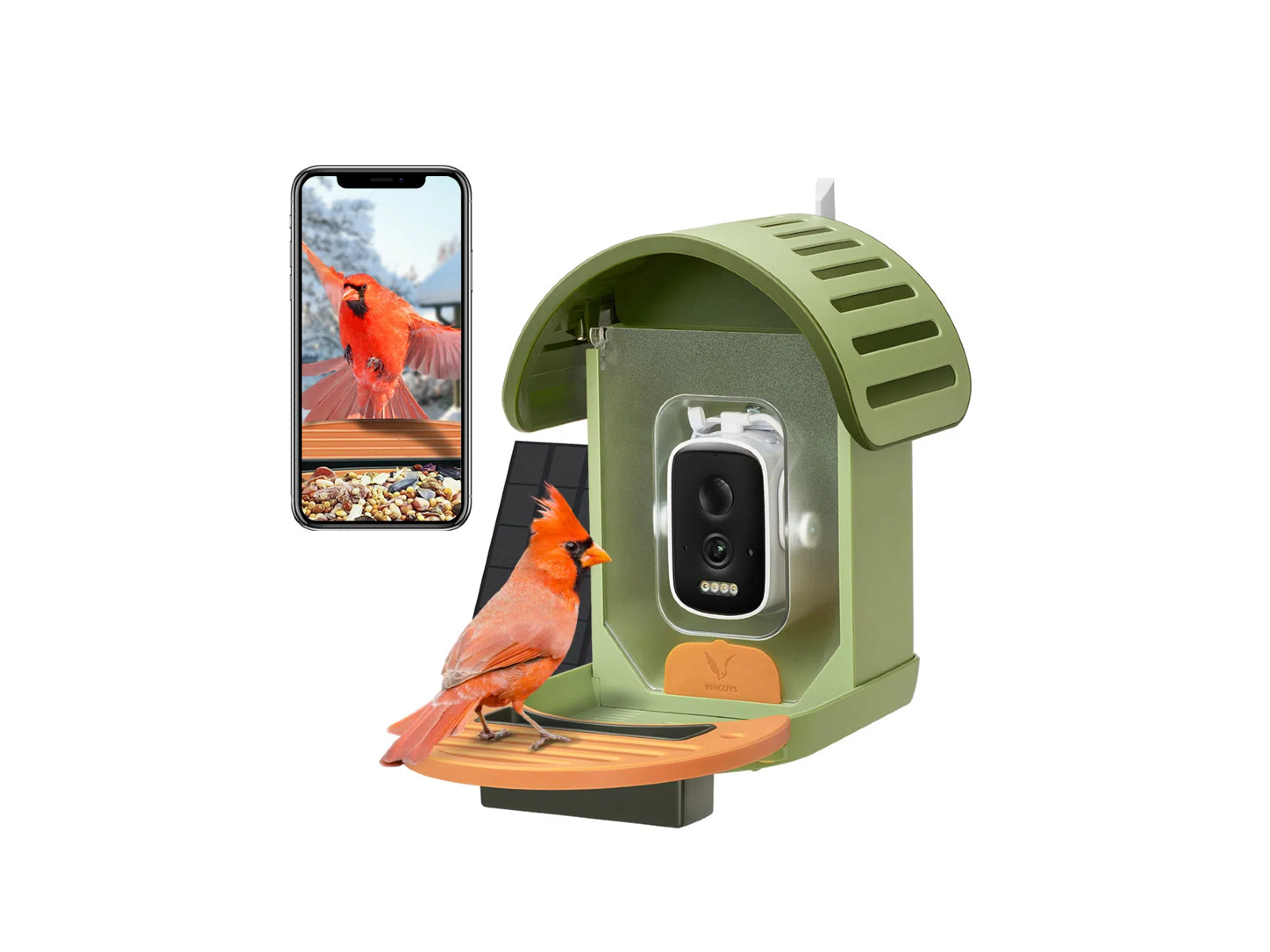

Behavioral Science of Unexpected Birds in Urban Environments
Introduction
When we encounter birds in urban settings, we might wonder about their habits and behaviors. These unexpected "neighbors" may seem ordinary at first glance, but their way of life reveals remarkable intelligence and adaptability. In this blog, we will uncover the behavioral traits of common urban birds and provide insights into their unique survival strategies.
1. Red-tailed Hawk: The Urban Predator
Behavioral Traits
- Soaring High: Red-tailed hawks utilize thermal updrafts to glide effortlessly in search of prey, conserving energy while gaining a broad perspective.
- Stationary Hunting: These raptors are incredibly patient, often perching silently for long periods before striking their prey with precision.
Fun Fact
As cities expand, red-tailed hawks have adapted by preying on urban rodents, helping to control pest populations.

2. Eastern Bluebird: The Backyard Visitor
Behavioral Traits
- Hopping for Insects: Bluebirds use a unique hopping motion to efficiently search for insects on the ground.
- Social Nesting: They prefer to nest in small birdhouses or hollow tree cavities and often stay near human habitations.
Fun Fact
In winter, bluebirds shift their diet to berries. Planting wild berry shrubs or using feeders like the Vinguys V-feeder can attract these vibrant guests to your backyard.

3. Mallard Duck: The Waterway Regular
Behavioral Traits
- Nocturnal Foraging: Mallards often forage for aquatic plants and small invertebrates at night while resting on water surfaces during the day.
- Flock Dynamics: They stay in groups to enhance safety and use their collective “quacks” to communicate.
Fun Fact
Although mallards are widely distributed in rural and urban areas, they are highly sensitive to changes in water quality. Keeping urban waterways clean benefits not only ducks but also other aquatic bird species.

4. House Sparrow: The Adaptive Little Companion
Behavioral Traits
- Diverse Diet: House sparrows eat almost anything, from seeds to breadcrumbs and insects.
- Quick Learners: They observe human behavior, often scavenging food from trash bins or public spaces.
Fun Fact
Their adaptability has made them one of the most common urban birds, but it has also led to competition with native bird species, sometimes displacing them.

5. Northern Cardinal: The Winter's Red Messenger
Behavioral Traits
- Early Songbird: Northern cardinals are among the earliest songbirds to sing at dawn, using their calls to claim territory or attract mates.
- Fixed Habitat: They prefer nesting in dense shrubbery, which offers excellent concealment and safety.
Fun Fact
The vibrant red feathers of northern cardinals make them a favorite among birdwatchers in winter. Feeding them black-oil sunflower seeds or setting up a smart feeder like the Vinguys V-feeder can easily bring them closer to you.

How to Enhance Birdwatching Through Behavior Observation?
-
Document Habits
Observe and note the feeding, nesting, or mating behaviors of different bird species to discover their unique survival strategies. -
Leverage Smart Technology
Devices like the Vinguys V-feeder capture dynamic videos of birds, giving you deeper insights into their behavioral patterns. -
Create a Friendly Habitat
Provide appropriate food, clean water sources, and safe nesting areas to foster a lasting relationship with these urban birds.
Conclusion
The behaviors of urban birds highlight not only their resilience but also the harmonious coexistence between nature and human life. By observing and interacting with them, we can better protect these birds and find a sense of peace and joy amidst the hustle of urban living. Choose the Vinguys V-feeder as your trusted partner in exploring bird behavior and creating a bird-friendly haven!





